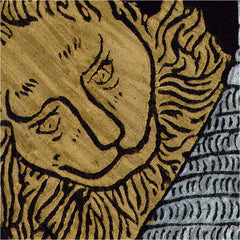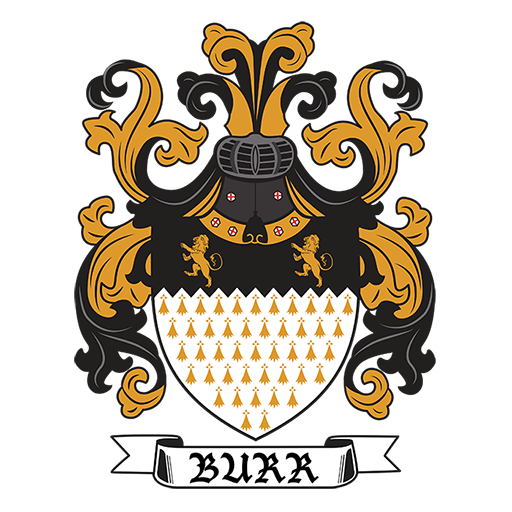Celtic Knot
The Celtic Knot is one of the best-known motifs in Celtic jewelry and art. The delicate twists and turns are found in ancient stone art and tattoos, in illuminated manuscripts- in fact, just about anywhere the Celtic people have travelled. Similar designs exist in Norse culture, and as far as China.
While there are many Celtic symbol guides available, especially those that list every variation of Celtic knot, many of the purported meanings of the symbols are usually simply made up (most often to sell trinkets and jewelry). There are no known authentic knot work designs meaning love or loyalty or many of the other common meanings ascribed to the designs.
While many of the ancient designs certainly had some spiritually significant meaning, these have been lost to the ages. The continual looping of the designs suggests themes of eternity and interconnectedness, and knots may have been made at one time to foil evil spirits. Interwoven figures of people and animals may have represented the interdependent nature of life-two or more knots laced together symbolize lovers, hunters and their prey, God and man, etc. Some knots were used as magical talismans for protection.
The more modern designs, such as those found in decorated Christian scriptures, were mainly decorative designs used for ornamentation. Other relatively modern designs include linked hearts and other "love knots”, Christian crosses, harps, shamrocks, and other folk symbols, and so on.
The Celts themselves left very little in the way of records, and most symbols are interpreted by archaeologists and other scholars who study the symbols in context. Some ancient Celtic symbols have changed in meaning over time, having been influenced by the introduction of Christianity and the influence of other cultures.
A general rule of thumb is: the shape of the design often determines the "meaning" of a knotwork design- triskele and trefoil shapes should be regarded as triskeles, bird, fish, and animal designs represent the attributes of the animal, etc. Circles represent unity or eternity, spirals reincarnation or cycles of life and rebirth, triangles and trefoils the threefold dominions of earth, sea, and sky. Squares or four-fold shapes are shield knots, symbols of protection from spirits or malevolent influence. Interlaced animals and men usually represent relationships, or emphasize the interdependence of mankind and nature.
Celtic knotwork is world famous as the most beautiful aspect of the ancient Irish illuminated manuscripts. The interwoven patterns are instantly recognizable as the unique and special flowering of the Celtic soul, captured forever in the holy books and now in the skins of modern body art enthusiasts.
Celtic knots are a variety of (endless) knots and stylized graphical representations of knots used for decoration, first known to have been used by the Celts. Though Celtic knots were being created in pre-Christian times, these knots are most known for their use in the ornamentation of Christian monuments and manuscripts like the 8th century Book of Kells.
Not much history of the knots is available before the beginning of the Christian influence on the Celts in about A.D. 450. There is much evidence for the use of geometric patterns as ornamentation particularly in jewelry before that time. Some historians have theorized that early Celtic religion prevented their depicting creatures realistically, similar, then, to the Islamic prohibition, which gave rise to the development of Arabic calligraphy. Still, Chinese and Japanese calligraphy seemed to arise simply from an aesthetic sense and needed no such prohibition to encourage its development.
The same pre-Christian designs found their way into early Christian manuscripts and artwork with the addition of depictions from life, such as animals, plants, and even humans. In the beginning the patterns were intricately interwoven cords, called plaits, which can also be found in other areas of Europe, like Italy in 6th century. A fragment of a Gospel Book, now in the Durham Cathedral library and created in northern Britain in the 7th century, contains the earliest example of true knotted designs in the Celtic manner.
It should be noted that some scholars believe the forms known as Celtic knots may actually be Norse in origin. This theory draws support from the well-accepted idea that the Celts readily adapted ideas from cultures, which conquered them or otherwise intermingled.
Significance
While analysis of the knots seem to point to eight basic types, there is no evidence to indicate that a knot had any specific philosophical or religious significance beyond perhaps the most obvious are: the work of humans and the intricacy of nature. Modern wiccans in some covens have taken up the creation of Celtic knots, attributing to them ideas and magical properties that were not there originally.
While the ancient Celts felt no need to attribute meaning to their designs, there is nothing to prevent the modern viewer from assigning significance. It might even be argued that from a Jungian view of the collective unconscious, that the meaning was always there but hidden during the act of creation and revealed in their contemplation.
As to their magical properties, it might be argued that creating knots is a type of yoga, where the mind is too busy with precise repetitive tasks to censor images from the unconscious. A similar set of conditions can be found in the recitation of a mantra or praying the rosary with the same kind of results.
Many items decorated with knot work have been found in archaeological sites. Items such as torques, bowls, and cups we adorned with intricate patterns by ancient smiths.


